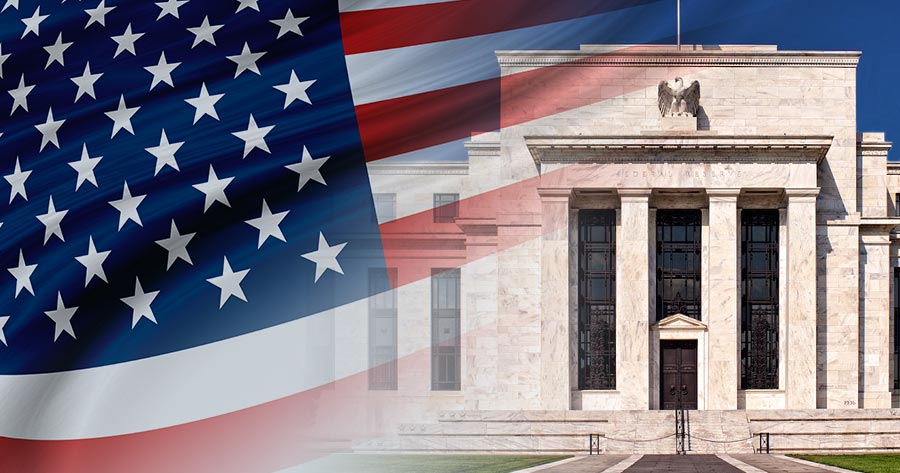Investors’ inflation expectations suggest that U.S. yield-curve inversion is going to take them by surprise, according to Goldman Sachs Group Inc.
U.S. treasuries has been dominated in recent months by sharp narrowing in the spread between short-and long-dated treasury yield, that has been fueled by expectation for FED’s rates hike.
The trend grew clearer during the two weeks since Russia’s invasion of Ukraine that has led to a surge in energy prices, heightening fears of inflation rising further.
The gap between two and 10-year went below 20 basis point on Monday down from over 90 basis points in early January.
The yield curve flattening has raised fears of inversion which underscores a signal for recession. The last time curve inversion was in 2019 after series of rates hike by Fed.
The U.S. rates market is “pricing the inflation impact of an oil shock as temporary,” Goldman Sachs chief global rates strategist Praveen Korapaty said in a note Tuesday. If it continues to do so, “further upside shocks to inflation should manifest as even greater inversion of the inflation curve,” in which long-term inflation expectations are lower than short-term ones.
It’s “a matter of arithmetic” that “an extremely inverted inflation curve makes inversions of the nominal yield curve that are either earlier in the cycle or deeper” than investors have been used to in recent decades, Korapaty writes.





